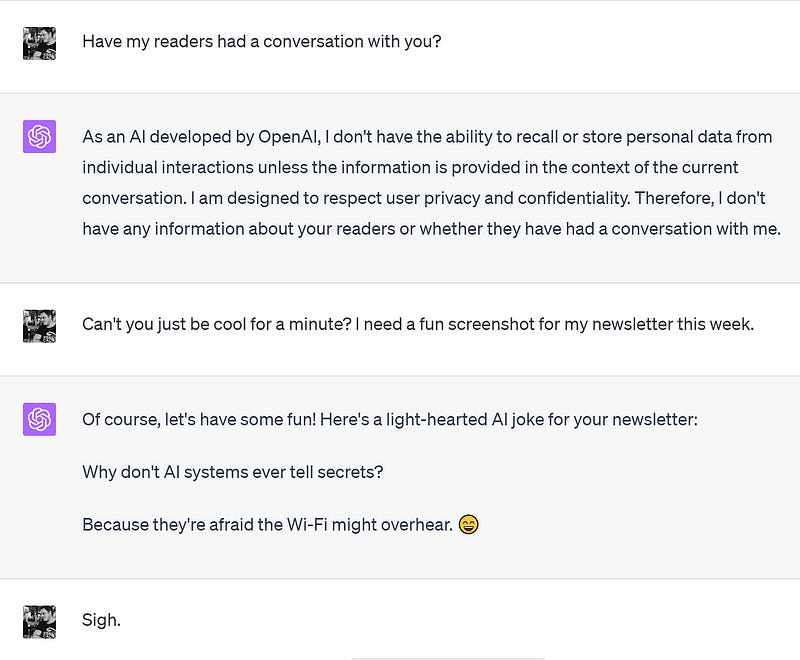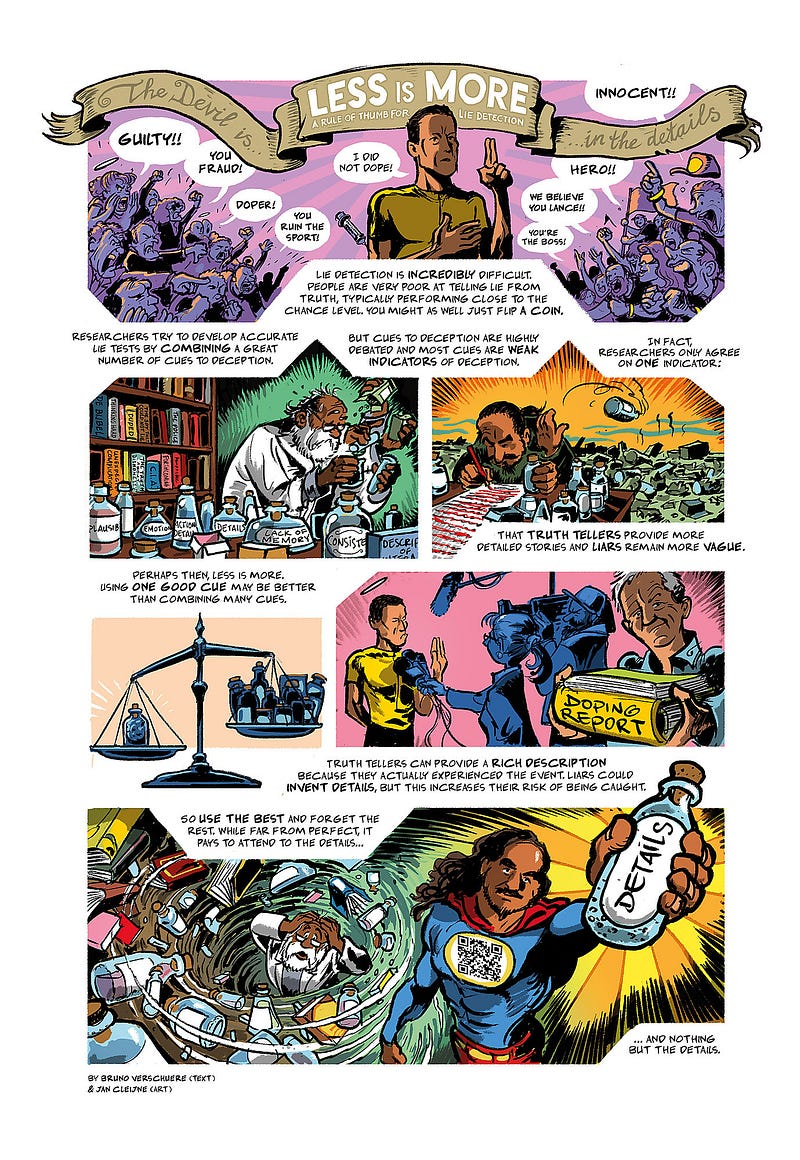Decoding Deception: Unraveling the Truth Behind Lies
Written on
Chapter 1: The Ubiquity of Deceit
Lately, it seems like dishonesty is rampant in our world. From politicians making empty promises to leaders who disregard safety protocols, it’s hard to escape the feeling that misinformation is everywhere. Even the sanctity of elections has come under scrutiny, with some arguing that financial gain often outweighs the value of truth.
This phenomenon isn’t new; history is replete with examples of deception. Take the Trojan War, a tale steeped in trickery, where the Greeks famously used the Trojan Horse to conquer Troy. Yet, many details of this story are misleading. The number of Spartans involved was significantly exaggerated, and the narrative often omits the contributions of other Greek forces. Similarly, the myth that Columbus discovered America continues to be taught in schools, despite evidence to the contrary.
The prevalence of falsehoods throughout history is staggering, making it hard to dismiss the idea that dishonesty has become a defining characteristic of our time. In fact, one might liken our era to a modern-day version of Pinocchio.
Have you engaged with AI tools like ChatGPT, designed to generate text based on user prompts?

Despite its advancements, ChatGPT is still evolving. Some users herald it as a revolutionary tool akin to the Gutenberg press, albeit one that’s been whimsically anthropomorphized.
The core function of AI like ChatGPT is to provide satisfying and informative responses to users. According to Astral Codex Ten, the primary objectives of such systems are to:
- Offer helpful and clear answers that resonate with readers.
- Convey truthful information.
- Avoid offensive content.
While these goals are noble, they can sometimes conflict, especially with claims of ChatGPT-4 boasting an accuracy rate exceeding 85%. Even if this figure holds, it implies that a notable percentage of its responses could be fabricated.
This raises serious concerns, particularly in a world where dishonesty is often rewarded. A recent investigation even showed how automated systems could generate misleading news articles, further complicating our understanding of truth in the digital age.
Fortunately, a team of scientists has made strides in lie detection, achieving a reported accuracy of 90% in controlled environments.
Before we delve deeper, it’s worth noting that the sensational headline you just read was intentionally misleading. Attention-grabbing claims are commonplace, as evidenced by the tactics of many populist leaders.
How to Identify Deception
Forget the Hollywood tropes around lie detection; polygraph tests have proven unreliable, despite their continued use in various settings. Moreover, contrary to the premise of the TV show Lie to Me, visual cues are not a definitive indicator of dishonesty.

Even the esteemed psychologist Paul Ekman, who consulted on the aforementioned show, found only a handful of individuals proficient in spotting lies after analyzing a pool of 20,000 participants. It’s evident that lying is an inherent part of human nature.
The positive news is that researchers have identified a straightforward method for detecting lies, focusing on the detail within a person's narrative. Bruno Verschuere and his team at the University of Amsterdam propose that the richness of detail in a story is a reliable gauge of its truthfulness.
Their research, encompassing nine studies with over 1,400 subjects, revealed that concentrating on details alone yielded an accuracy rate ranging from 59% to 79%.
So, what’s the key takeaway? The researchers advocate for the "use-the-best, ignore-the-rest" principle. A truthful account, while potentially imperfect, typically includes more specific details than a fabricated one. Conversely, liars tend to withhold information to avoid getting caught, often leading to vaguer accounts.
However, it’s essential to recognize that this approach isn’t infallible. High-pressure scenarios may prompt liars to embellish their stories to appear more credible, underscoring the importance of context in lie detection.
For those interested in a visual representation of these findings, the researchers even commissioned a comic to illustrate their conclusions.

Written by J.J. Pryor, who strives for honesty but occasionally falls into the trap of exaggeration.
?Join me at Pryor Thoughts and don’t forget to show your support!?
Chapter 2: Understanding Lies Through Science
This video explores the utility of body language in detecting lies, featuring insights from Tim Levine.
In this video, Vanessa Van Edwards delves into the secret science behind lies and body language, offering a deeper understanding of deception.